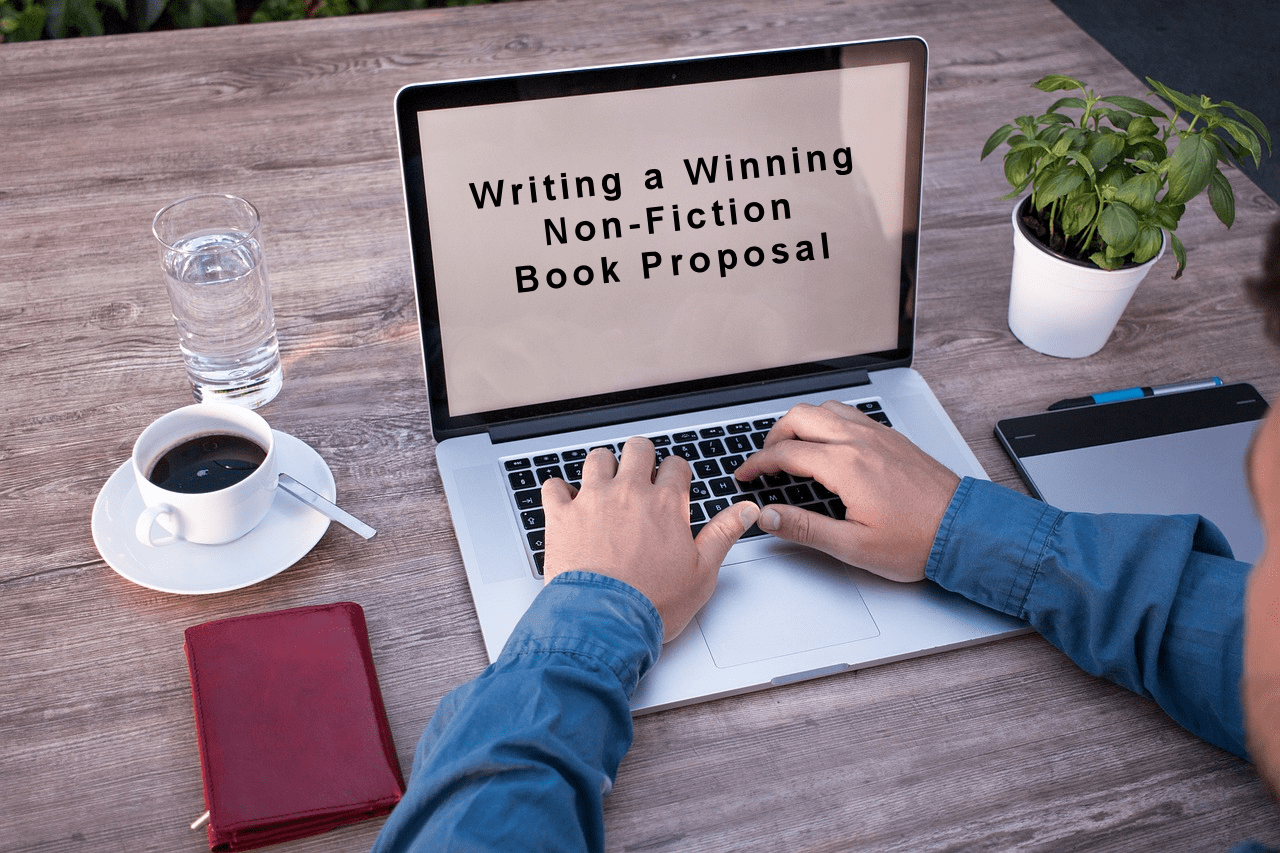Writing a Winning Non-Fiction Book Proposal

Tactical 16 Publishing
Download the Guide for Free Now!
(Click the Button Below)
IF THERE’S ONE THING AGENTS HATE TO SEE, IT’S A MANUSCRIPT
Surprised? Most new authors are.
- The fact is that agents—and publishers—return most manuscripts to the author without ever having read them. Agents simply do not have the time or staff to wade through the enormous number of manuscripts they receive from hopeful authors.
WHAT AGENTS AND PUBLISHERS REALLY WANT IS A BOOK PROPOSAL
- Although you should include at least two sample chapters in your non-fiction proposal, you should not finish writing the entire manuscript until the publisher has accepted the project for publication. Over the years, I have come to believe in the creative interaction between agent, editor, and author. The best non-fiction manuscripts come out of this process. You’ll find that most other publishing professionals feel this way, too. Consequently, most want to give the author as much input as early in the writing process as possible. A book proposal gives those involved in the process that opportunity.
BEFORE YOU ACTUALLY BEGIN WRITING A BOOK, YOU HAVE TO DECIDE TWO THINGS:
- What you want to say, and to whom you want to say it.
In other words, you must determine the book’s content and identify the book’s audience. Once you’ve determined these things, it’s time to go to work on the book’s title. - Create The Title Page
The purpose of the working title is to focus your thinking as you develop the book idea. The working title should clearly encapsulate the book’s premise. It might state the promise to the reader if he reads the book. It might even state the consequences if he doesn’t. Sometimes the title will also include a subtitle.
In order to illustrate these principles, let’s create a book proposal. Be sure to keep in mind, though, that this is only a hypothetical book proposal—an example. It is not an absolute formula to be followed blindly.
Download the Guide for Free Now!
(Click the Button Below)
